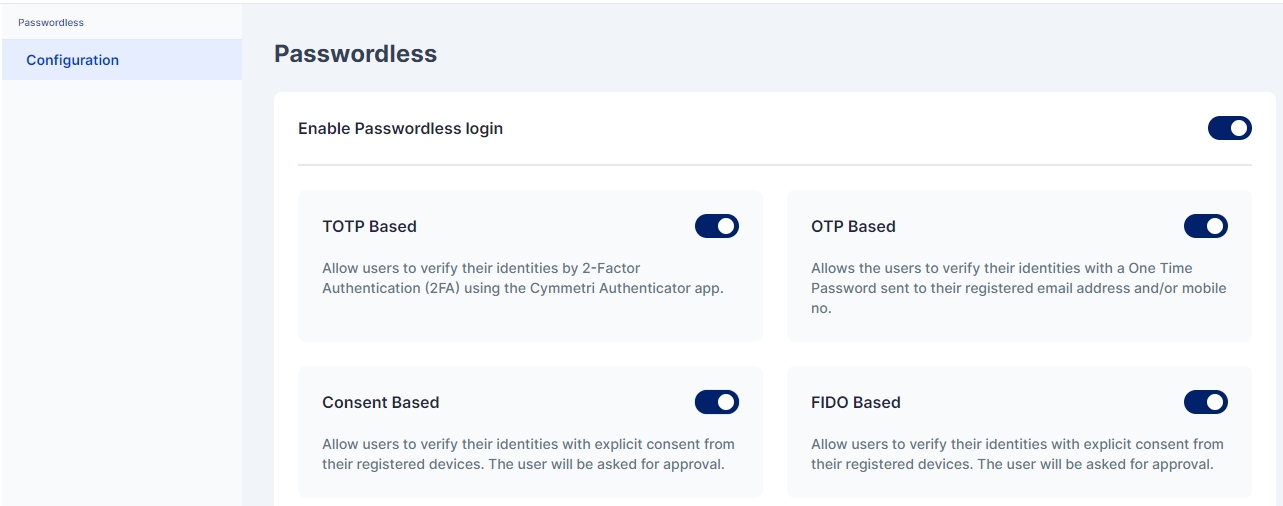Introduction
What is Passwordless Authentication?
Passwordless authentication is a verification method in which a user gains access to a network, application, or system without a knowledge-based factor such as a password, security question, or PIN.
Rather than using a set of information for authentication, the user would provide something they possess, such as biometric evidence or a piece of hardware.
How Does Passwordless Authentication Work?
Passwordless authentication works by using something the user “has” or something the user “is” to verify their identity and give them system access to a website, application, or network. This would be in contrast to a traditional password login, which would be something the user “knows.”
Typically, a Passwordless login starts with the user going onto a device, entering a session, or opening an application and entering some type of identifiable information like their name, phone number, email address, or designated username. From there, they need to verify their identity by inserting something they “have” such as a hardware token, smart card, fob, or clicking a link sent to a mobile device. If the identifiable information or registered device matches a given factor’s information in the authenticating database, they are given access permission.
Alternatively, they could use something the user “is,” which would be the equivalent of a biometric factor. So, when they try to enter a device or account on an application, they could be prompted to insert identifiable information in addition to voice recognition or a fingerprint, eye, or facial scan.
Passwordless in Cymmetri
To set up Passwordless authentication in Cymmetri, the administrator needs to follow these steps: Go to the "Products" section and select "Passwordless."
This action will direct the administrator to the Passwordless configuration page, where they will find the various Passwordless authentication factors listed below.
TOTP Based
OTP Based
Consent Based
FIDO Based

We will go in details of these factors one by one on the next page.
Was this helpful?
